Marketing Automation Funnel: Optimize Your Conversions
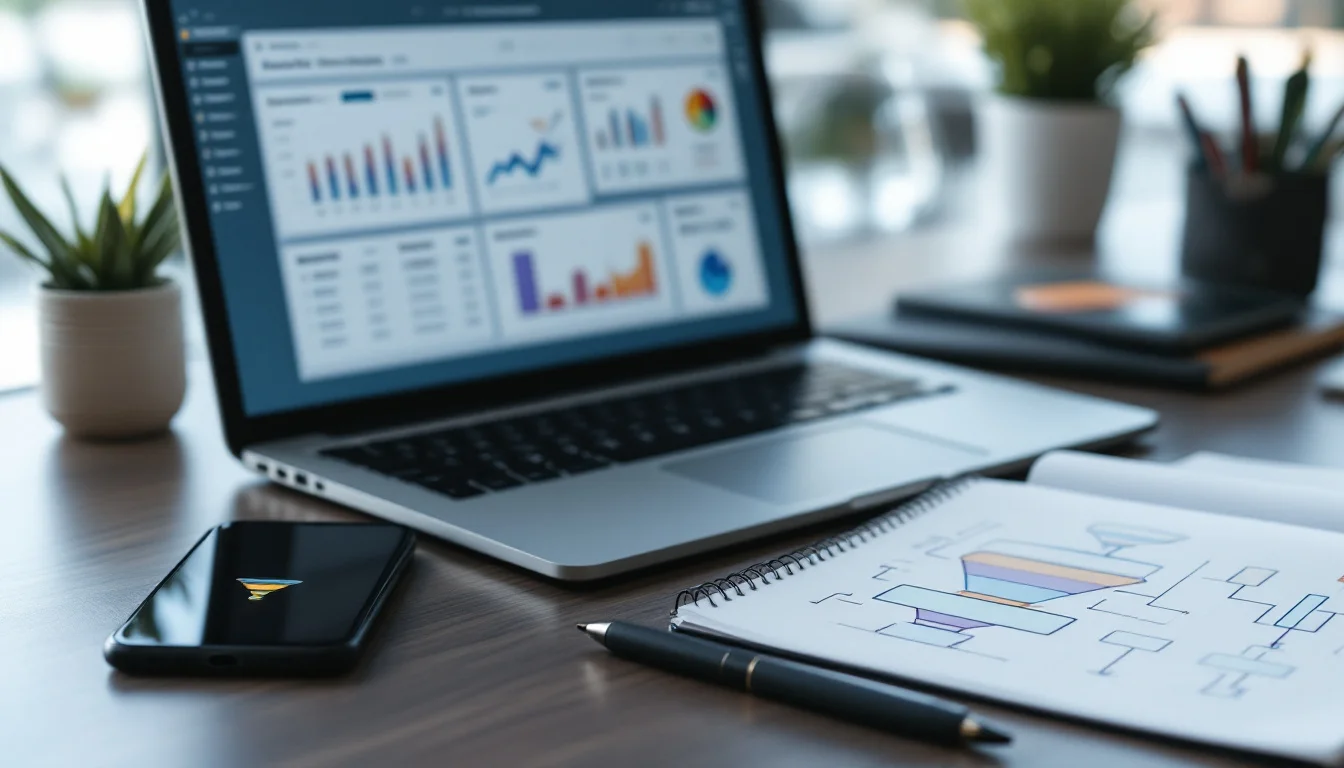
Marketing automation funnels are revolutionizing how businesses attract, nurture, and convert leads. These powerful tools streamline the customer journey, boosting efficiency and ROI.
At Drop Cowboy, we’ve seen firsthand how a well-crafted marketing automation funnel can transform a company’s growth trajectory. In this post, we’ll explore the key components of an effective funnel and share strategies to optimize your conversions.
What Is a Marketing Automation Funnel?
Marketing automation funnels form the backbone of modern digital marketing strategies. These powerful tools guide potential customers through their buying journey, from initial awareness to final purchase, using automated processes and personalized content.
Core Components of a Marketing Automation Funnel
A marketing automation funnel consists of a series of touchpoints that nurture leads and convert them into customers. It typically includes stages like awareness, consideration, and decision-making, each supported by tailored content and interactions.
The Power of Automation in Marketing
Automation has become indispensable in today’s fast-paced marketing landscape. It allows businesses to scale their efforts without proportionally increasing their workforce. A study by Invesp reveals that 80% of marketing automation users saw an increase in leads, while 77% experienced a rise in conversions.
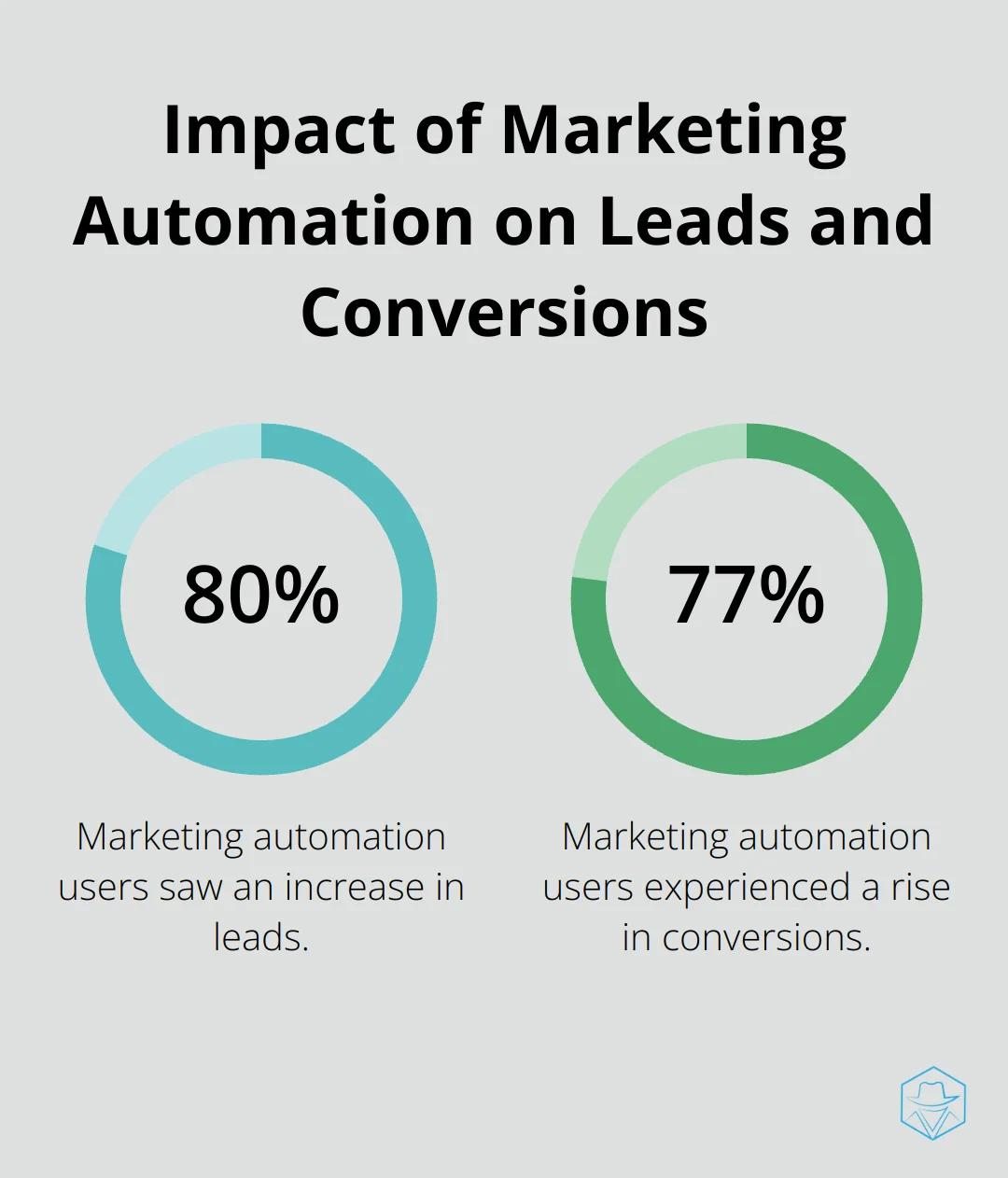
Companies that implement automation in their marketing funnels can handle up to 3 times more leads than those relying on manual processes. This efficiency boost proves essential in a world where consumer attention continues to fragment.
Tangible Benefits of Marketing Automation Funnels
The advantages of implementing a marketing automation funnel extend far beyond efficiency. Here are some concrete benefits:
- Improved Lead Quality: Automation enables better lead scoring and segmentation. A report by Ascend2 found that 57% of marketers cite improving the quality of leads as the most important objective of a lead generation strategy.
- Increased Revenue: Nucleus Research reports that marketing automation drives a 14.5% increase in sales productivity and a 12.2% reduction in marketing overhead.
- Enhanced Customer Experience: Personalization (a key feature of automation funnels) can increase marketing spend efficiency by up to 30%, according to McKinsey.
Practical Implementation Tips
When setting up your marketing automation funnel, start by clearly defining your ideal customer profile. Use this profile to create targeted content for each stage of the buyer’s journey.
Integrate your CRM with your marketing automation tools to ensure seamless data flow. This integration allows for more accurate lead scoring and personalized communication.
Analyze your funnel metrics regularly. Key performance indicators (such as conversion rates between funnel stages, email open rates, and customer acquisition costs) can provide valuable insights for continuous improvement.
As we move forward, let’s explore how to build an effective marketing automation funnel that drives results for your business.
How to Build a High-Converting Marketing Automation Funnel
Know Your Audience Inside Out
The foundation of any successful marketing automation funnel rests on a deep understanding of your target audience. You should analyze your existing customer base and identify common characteristics, pain points, and behaviors. Use this data to create detailed buyer personas that represent your ideal customers.
For example, if you target small business owners, your persona might include details like age range, industry, company size, and specific challenges they face. This level of detail allows you to tailor your messaging and content to resonate with your audience at every stage of the funnel.
Map the Customer Journey
After you have your buyer personas, map out the typical journey a customer takes from awareness to purchase. This process helps you identify key touchpoints and opportunities for engagement.
A B2B software company might have a journey that includes stages like initial problem awareness, solution research, product comparison, free trial, and purchase decision. Understanding this journey enables you to create targeted content and automation workflows that guide prospects through each stage.
Choose the Right Tools
Selecting the appropriate marketing automation platform is essential for funnel success. You should look for tools that offer robust features like email marketing, lead scoring, CRM integration, and analytics.
While many options exist, platforms that combine multiple communication channels (such as ringless voicemail and SMS) with AI-powered features often provide a unique edge in engaging prospects throughout the funnel. Features that ensure messages reach the right people at the right time are essential for funnel optimization.
Craft Compelling Content
Content powers your marketing automation funnel. You must create valuable, relevant content for each stage of the customer journey. For the awareness stage, focus on educational content that addresses your audience’s pain points. As prospects move down the funnel, provide more detailed information about your solutions and their benefits.
For instance, a SaaS company might start with blog posts about industry trends, move to case studies showcasing customer success, and finish with product demos and free trials. You should leverage various content formats (including video, infographics, and interactive tools) to keep your audience engaged.
Implement Lead Scoring
Lead scoring is a critical component of an effective marketing automation funnel. You should assign point values to different actions and behaviors, such as email opens, website visits, or content downloads. This scoring system helps you identify which leads are most likely to convert, allowing you to focus your efforts on high-potential prospects.
A study by Gartner found that companies using lead scoring see a 30% increase in deal closures and a 15% increase in revenue. Implementing a robust lead scoring system can significantly improve your funnel’s efficiency and conversion rates.
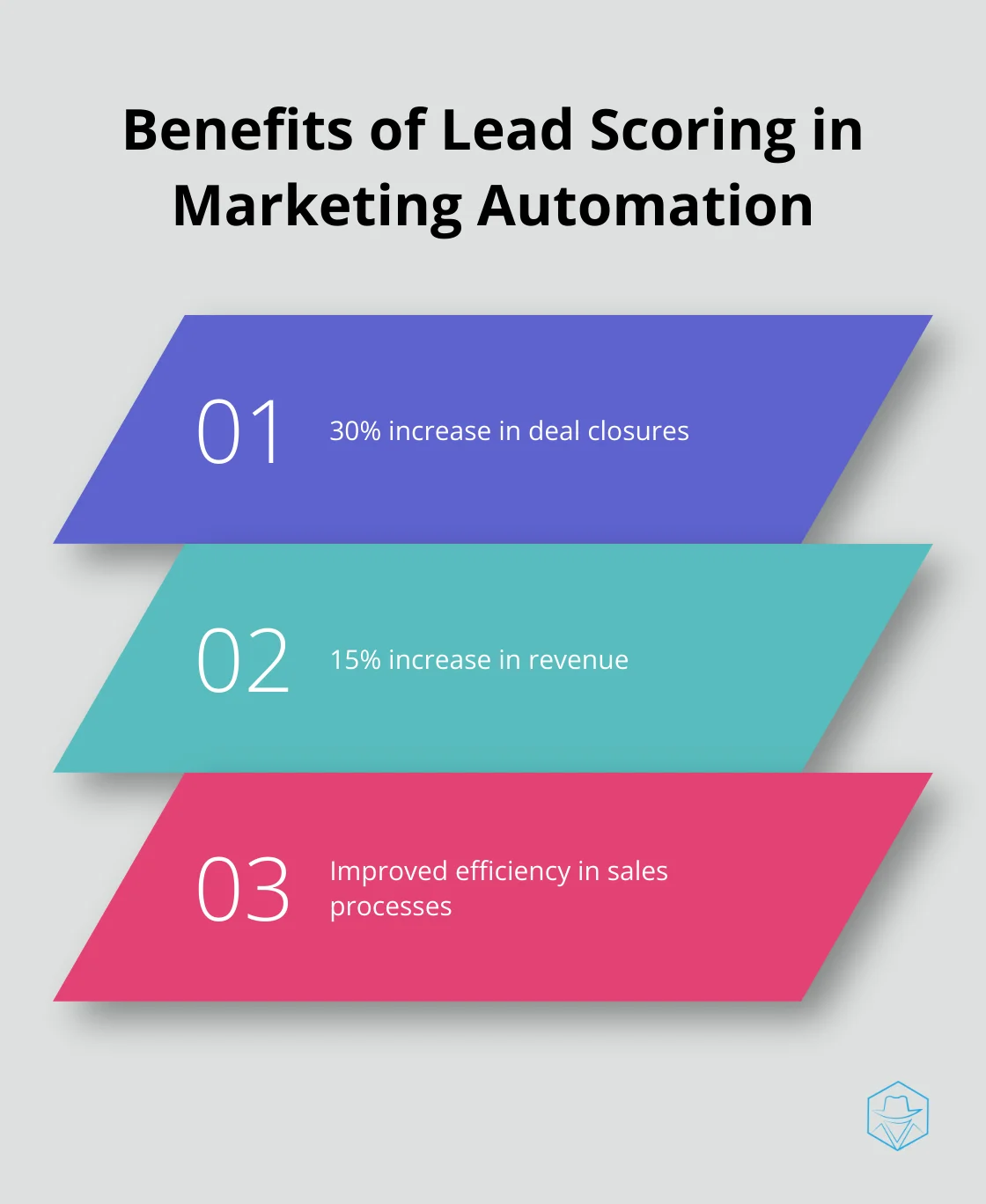
Now that we’ve covered the essentials of building a high-converting marketing automation funnel, let’s explore how to optimize it for maximum conversions.
How to Supercharge Your Funnel’s Performance
Harness the Power of Segmentation
Segmentation forms the cornerstone of effective funnel optimization. Divide your audience into distinct groups based on behavior, demographics, or engagement level to deliver hyper-targeted content that resonates with each segment. A Mailchimp study found that segmented campaigns had a 14.31% higher open rate and a 100.95% higher click-through rate compared to non-segmented campaigns.
To implement effective segmentation, analyze your customer data. Look for patterns in purchase history, engagement with your content, and demographic information. Use these insights to create segments that align with your buyer personas. Then, tailor your messaging and offers to each segment’s specific needs and pain points.
Personalize Every Touchpoint
Personalization extends beyond using a customer’s name in an email. It involves customizing the entire customer experience based on individual preferences and behaviors. According to Epsilon, 80% of consumers are more likely to make a purchase when brands offer personalized experiences.
Use your marketing automation platform to track customer interactions across all channels. Use this data to create dynamic content that adapts to each user’s interests and stage in the buyer’s journey. For example, if a prospect has shown interest in a particular product feature, ensure future communications highlight that feature prominently.
Embrace Continuous Testing and Improvement
A/B testing serves as a secret weapon for funnel optimization. Systematically test different elements of your funnel to identify what resonates best with your audience and make data-driven decisions to improve performance.
Start by testing one element at a time, such as email subject lines, call-to-action buttons, or landing page layouts. Run each test for a statistically significant period and analyze the results carefully. A study by Invesp found that companies that use A/B testing see an average increase of 49% in conversion rates.
Integrate Multi-Channel Marketing Efforts
Today’s customers interact with brands across multiple channels, and your funnel should reflect this reality. Integrating your marketing efforts across channels creates a cohesive experience that guides prospects smoothly through the funnel.
Combine email marketing with SMS, social media, and even ringless voicemail to create a multi-touchpoint approach. This strategy ensures your message reaches customers on their preferred platforms. According to a report by Omnisend, marketing campaigns using three or more channels earned a 287% higher purchase rate than single-channel campaigns.
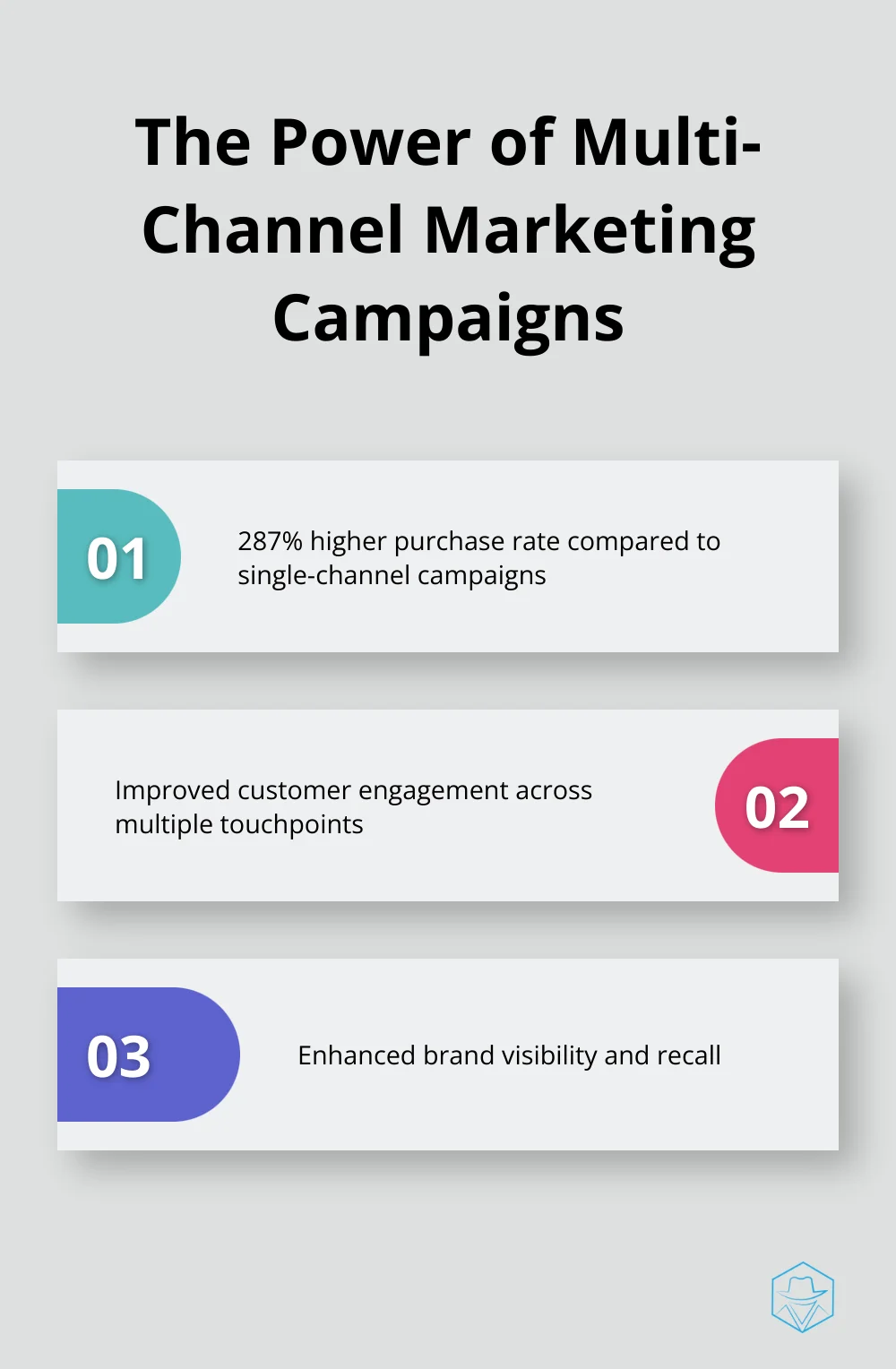
Monitor and Analyze Key Performance Metrics
To truly optimize your funnel, keep a close eye on key performance indicators (KPIs). These metrics will tell you where your funnel performs well and where it needs improvement.
Focus on metrics such as conversion rates between funnel stages, email open and click-through rates, cost per acquisition, and customer lifetime value. Use tools like Google Analytics and your marketing automation platform’s built-in analytics to track these KPIs over time.
Pay special attention to drop-off points in your funnel (areas where prospects leave without converting). Analyze these points carefully to identify potential barriers or areas of friction that may hinder conversions.
Final Thoughts
Marketing automation funnels have become essential tools for businesses in the digital age. These funnels streamline the customer journey, deliver personalized experiences at scale, and drive efficiency and conversions. Understanding your audience, creating compelling content, and using data-driven insights will optimize your marketing automation funnel.
The future of marketing automation funnels will involve artificial intelligence, machine learning, and advanced personalization techniques. Voice-activated interfaces and augmented reality experiences may also integrate into the customer journey, offering new ways to engage prospects. These innovations will enable more sophisticated targeting and predictive analytics for businesses.
Drop Cowboy’s platform combines cutting-edge features like ringless voicemail and SMS integration with AI-powered voice cloning. These tools allow you to create highly personalized and engaging campaigns. You can build a marketing automation funnel that meets today’s standards and prepares for future innovations.
blog-dropcowboy-com
Related posts
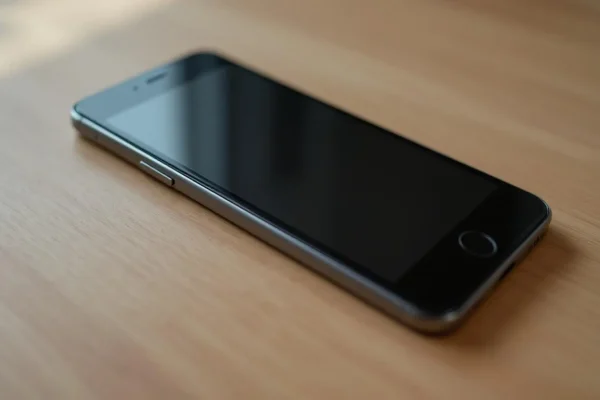
August 4, 2025
What does it mean when phone goes straight to voicemail
Understand what it means when a phone goes straight to voicemail. Discover reasons behind it and ways to address this common issue efficiently.
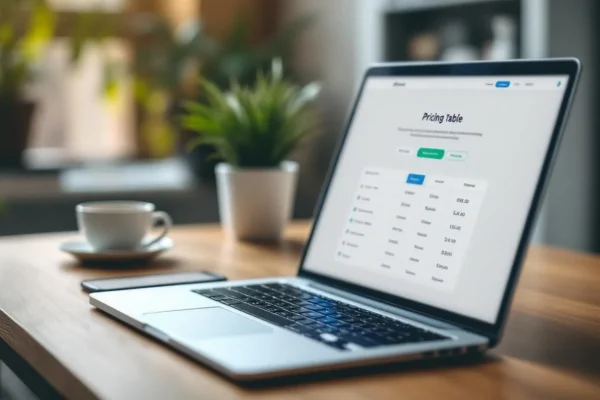
June 23, 2025
How Much Does SimpleTexting Cost?
Explore SimpleTexting pricing and uncover costs, features, and benefits to make informed decisions on your texting services in this comprehensive guide.
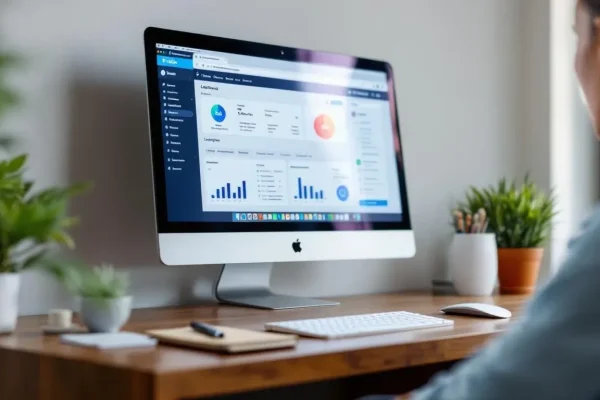
March 18, 2025
Twilio Logs: How to Access and Analyze Them Effectively
Analyze Twilio logs efficiently with practical tips for access and interpretation to optimize your communication and improve operational insights.
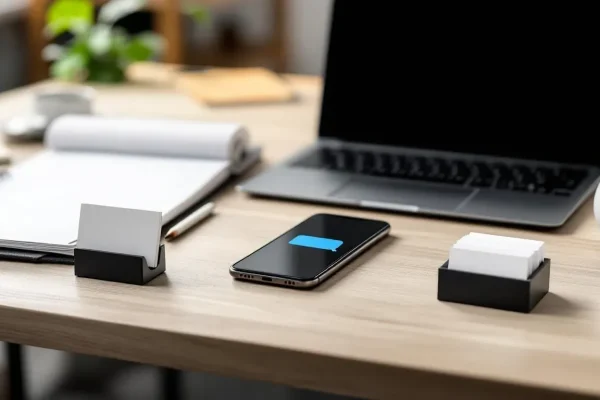
March 7, 2025
Proven Text Marketing Strategies for Business Growth
Boost growth with proven text marketing strategies. Engage customers effectively and elevate your business with practical, data-driven insights.
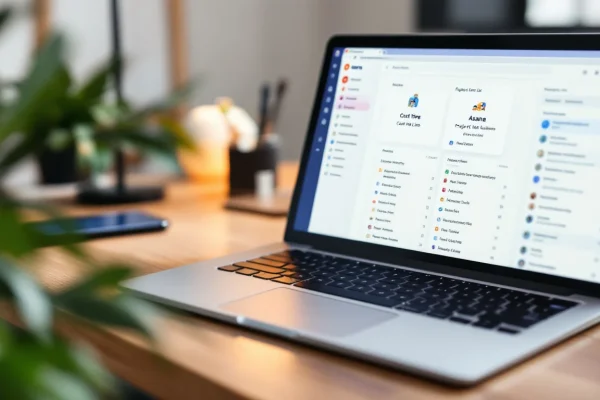
May 28, 2025
How Much Does Asana Cost? Pricing Explained
Explore Asana cost options to find the best plan for your business. Understand features and pricing to optimize your team’s productivity efficiently.
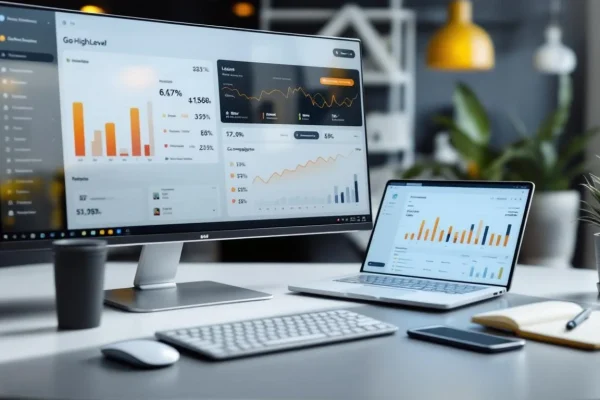
June 10, 2025
GoHighLevel CRM: All-in-One Marketing Platform
Explore GoHighLevel CRM for seamless marketing integration, enhancing business efficiency and customer management with an all-in-one powerful platform.